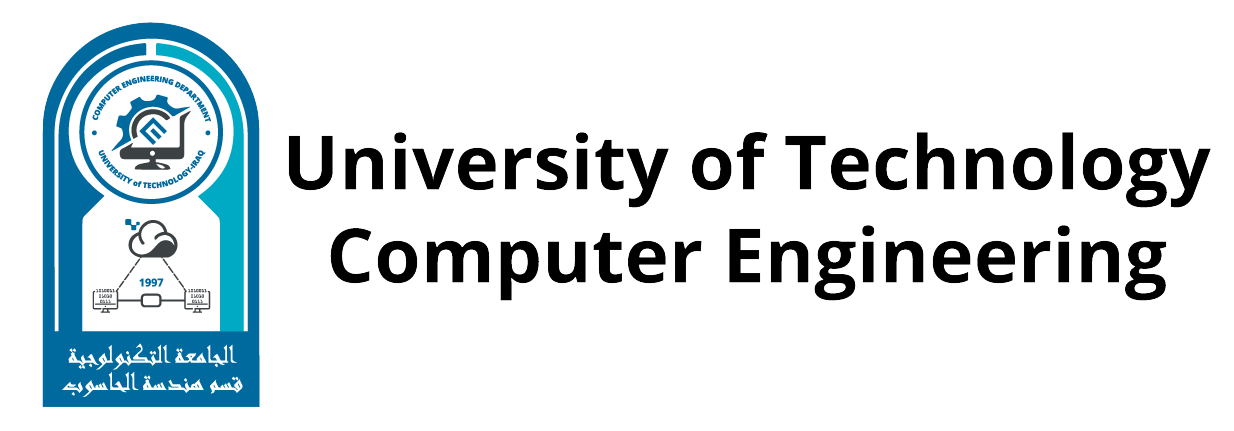Routing Enhancement in Wireless Sensor Networks
by researcher Hussen Jawad and supervisor Prof.Muhammed Najim
In Wireless Sensor Networks (WSNs), routing protocols play a fundamental role in enabling efficient data communication among numerous sensor nodes. These networks are characterized by their distributed nature, resource constraints, and scalability requirements. This thesis focuses on two challenged constraints in the world of sensor networks: the energy and the number of live sensors (network life time) to be enhanced. Routing protocols in WSNs face challenges due to energy constraints and network lifespan. Optimizing both factors is crucial. This study proposes a two approachs: starting with Capsule Neural Networks followed by Link_Pruning approach for cluster head selection and finding optimal path, which are surpass existing protocols in terms of residual energy and network lifespan. CapsNet algorithms are being introduced for this intended goal and are being compared with LEACH and MOD_LEACH protocols. The results for 100 nodes over 500 rounds are improving the residual energy parameter over Modified LEACH by 74.827% and over LEACH by 22.47%. In case of delay, packet delivery ratio, and throughput, the results are better for LEACH and MOD_LEACH algorithms. The second approach, Link_Pruning is proposed to be used after learning the CapsNet, which provides better residual energy and network lifetime results than CapsNet. However the results of these two approaches showed a trade off for the other three parameters (delay, packet delivery ratio and throughput). The comparison results regarding the residual energy show that the Link_Pruning approach improves over CapsNet around 0.100%, over Modified LEACH by 85.011%, over LEACH around 17.812% and over Firefly algorithm by 74.827%. A Matlab simulator is being used for these experiments. This thesis is improving wireless sensor network energy consumption using Capsule Neural Network and Link Pruning approaches through cluster head selection and finding optimal path. It demonstrates enhanced energy efficiency and network lifespan.
